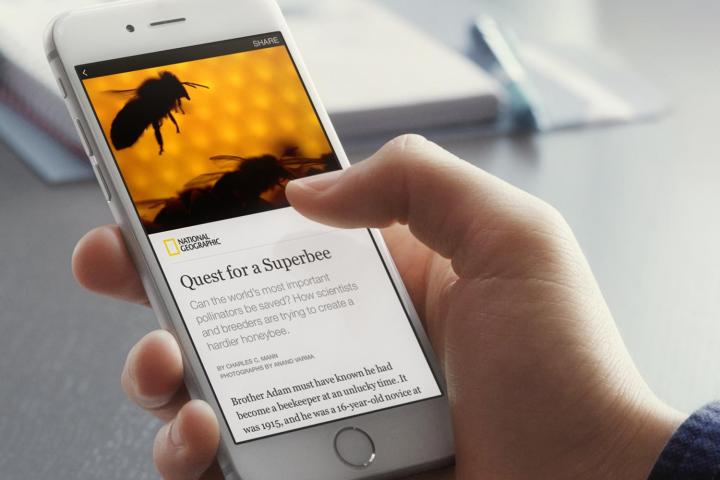
It seems that is about to change. Publishers including The New York Times and The Atlantic are preparing to increase content distributed through Instant Articles, The Wall Street Journal reports. From the look of things, it seems that the flow of information is about to get much faster.
The New York Times is planning to publish as many as 30 articles per day and NBC News is planning on 30 or 40 articles per day, while The Atlantic plans to publish most of its content through Instant Articles. That said, it seems that at least some of these publishers are looking at this more as a test than anything.
“We’re excited for the next phase. At the outset we’ll be putting most of our content into the feed and will closely monitor the effect,” president and chief marketing officer of The Atlantic Bob Cohn said, speaking to The Wall Street Journal. “We are ready to change how much we make available.”
This still doesn’t mean that you’ll actually see these articles. Facebook plans to make these articles available to a select group of users at first and work from there.
So far, Facebook is still working with nine media partners on Instant Articles. In addition to those already mentioned, BuzzFeed, National Geographic, The Guardian, BBC News, and German newspapers Bild and Der Spiegel are the current partners.
Facebook has said that the rollout of Instant Articles was always intended to be slow, so it seems that this may be the “real” launch of the new feature. There is currently no word on when exactly these new articles will hit, though


